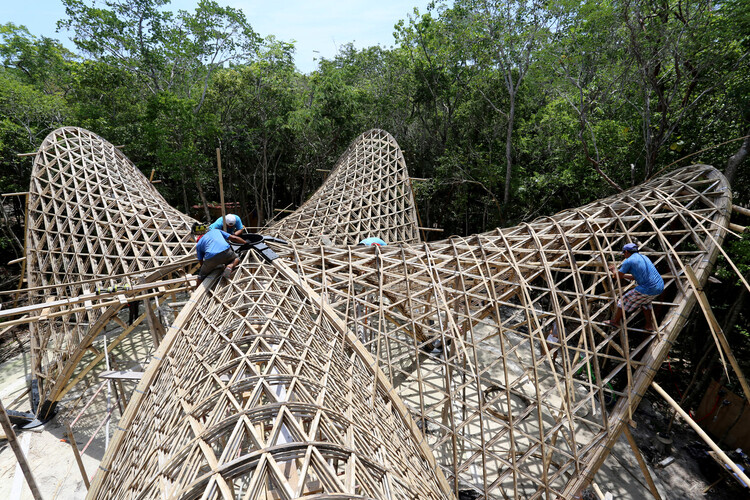
Through urban renewal projects, architects, urban planners, and designers can infuse new life into dilapidated urban landscapes by upgrading the infrastructure, introducing new functions into the urban fabric, and reimagining the character of open public spaces. These types of projects present interest due to their dual character: on the one side they offer an opportunity for reimagining the potential of the city, but the areas they affect are already well-ingrained within the urban fabric, raising challenges of integration and contextual adaptation.
This week's curated selection of Best Unbuilt Architecture highlights projects submitted by the ArchDaily community that enhance functionality, aesthetics, and sustainability of urban areas while respecting and embracing the existing fabric of the city. From a residential neighborhood that prioritizes self-sufficiency and circularity in the Netherlands, to a highway ramp transformed into productive spaces in California, United States, or a new elevated path designed to alleviate urban congestion in the harbor of Copenhagen, his selection features projects that highlight the ever-changing character of our cities. Featuring projects from both emerging and established architectural offices such as Benthem Crouwel Architects, Space&Matter, and Vincent Callebaut Architectures, the projects demonstrate the variety of approaches needed to adapt urban environments to the needs of their residents.













![Brazilian Pavilion: Terra [Earth]/ Gabriela de Matos and Paulo Tavares. Image © Matteo de Mayda The Decolonization of Architecture Is a Necessary Step in Its Decarbonization - Image 2 of 4](https://images.adsttc.com/media/images/6515/61ae/0a1f/c543/0bf2/a902/thumb_jpg/a-descarbonizacao-da-arquitetura-deve-passar-primeiro-pela-decolonizacao_9.jpg?1695900085)













































